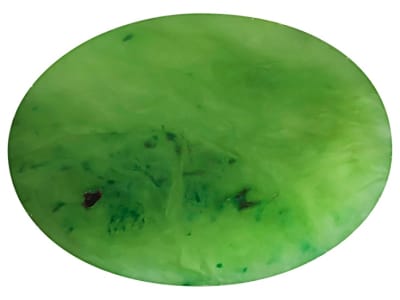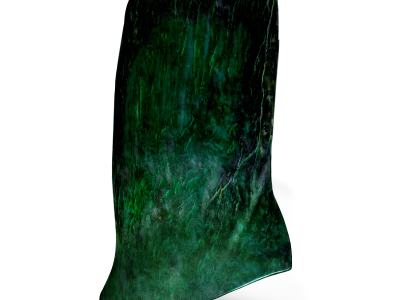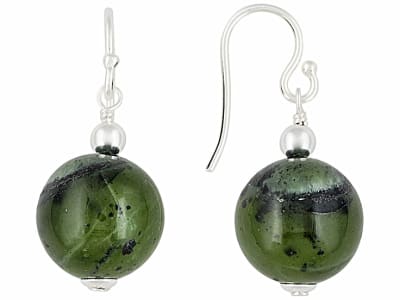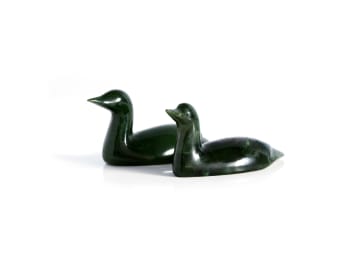Jade has been treasured for some 7,000 years for its unique luster, lovely color and impeccable toughness. This precious gem has always had special significance in many Asian cultures and can be compared to the West's admiration of diamonds and gold. For centuries, nephrite jade and jadeite were considered one and the same. It was not until 1863 that they were identified as different minerals with a similar appearance and properties. Nephrite is a tough rock comprised of intergrown crystals of minerals from the tremolite-actinolite solid solution series, part of the amphibole group.
General Information
LWUV: Inert
Nephrite Colors
-
 Black
Black -
 Brown
Brown -
 Gray
Gray -
 Green
Green -
 Green
Green -
 Green
Green -
 White
White -
 Yellow
Yellow
Alternate Names
Jade, New Zealand Greenstone, New Zealand Jade, Mutton Fat, Chicken Bone, Tomb Jade Or Grave Jade, Polar Jade
Countries of Origin
Myanmar; Russian Federation; Viet Nam; Japan; United States of America; Ukraine; Switzerland; Taiwan (Province of China); New Zealand; Canada; Austria; Korea (the Republic of); Unknown; China; Brazil; Poland; Italy; Mexico; Zimbabwe; Australia; Germany
History
All jade objects that date before the 1800's in China are Nephrite.
Care
Normal care for untreated stones. With dyed stones avoid strong light, harsh chemicals, and ultrasonic cleaners. Discoloration may occur with time.
Species/Variety
Polar Jade
Polar jade is nephrite from British Columbia, Canada. It is prized for its intense translucent green color.
Inanga
The Maori name for a pearly white to grayish white variety of pounamu, a nephrite found in New Zealand.



